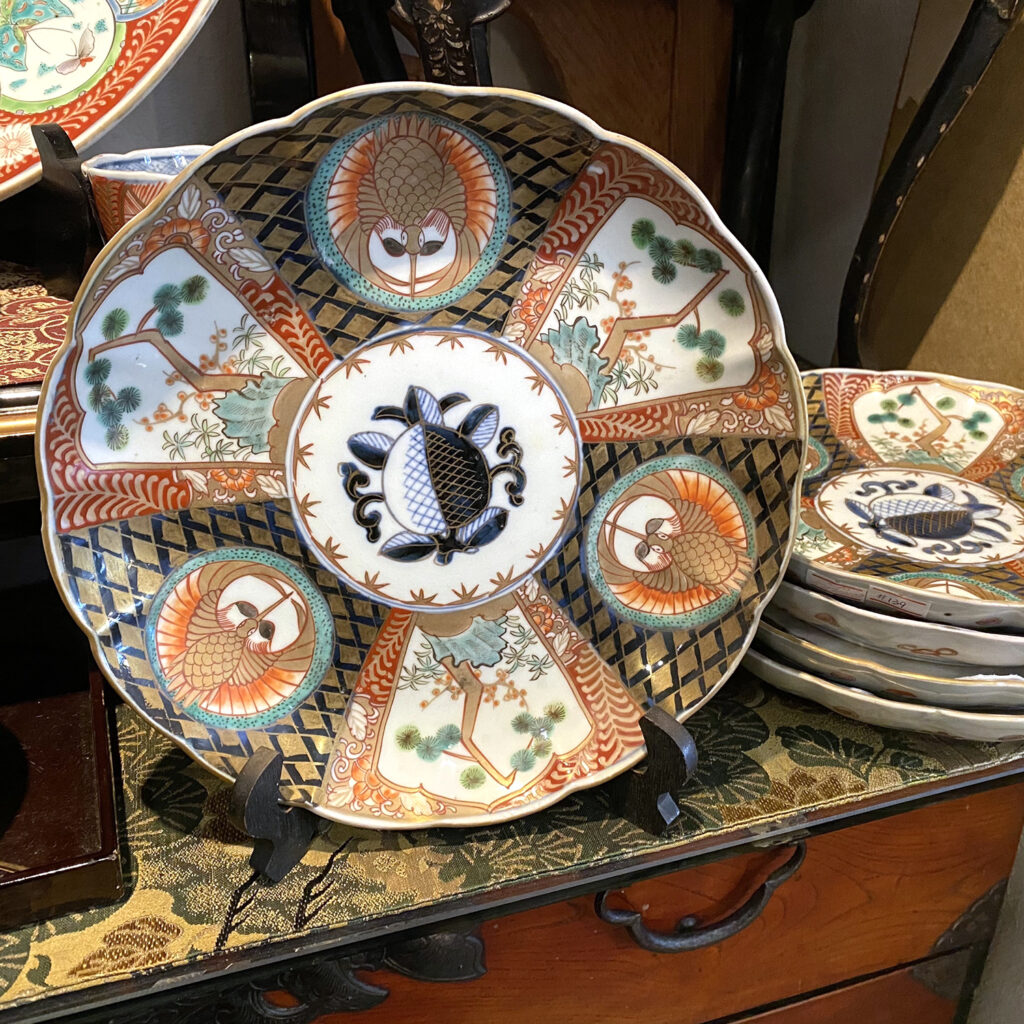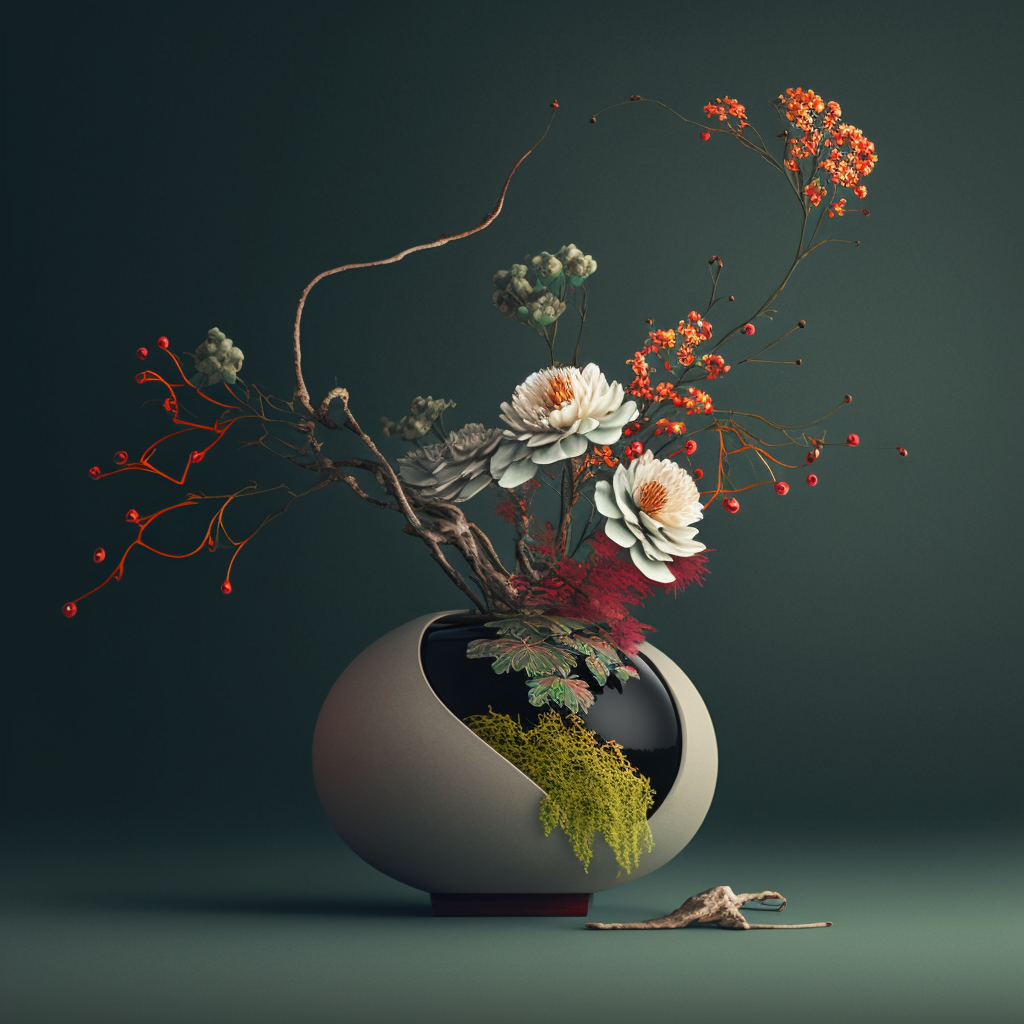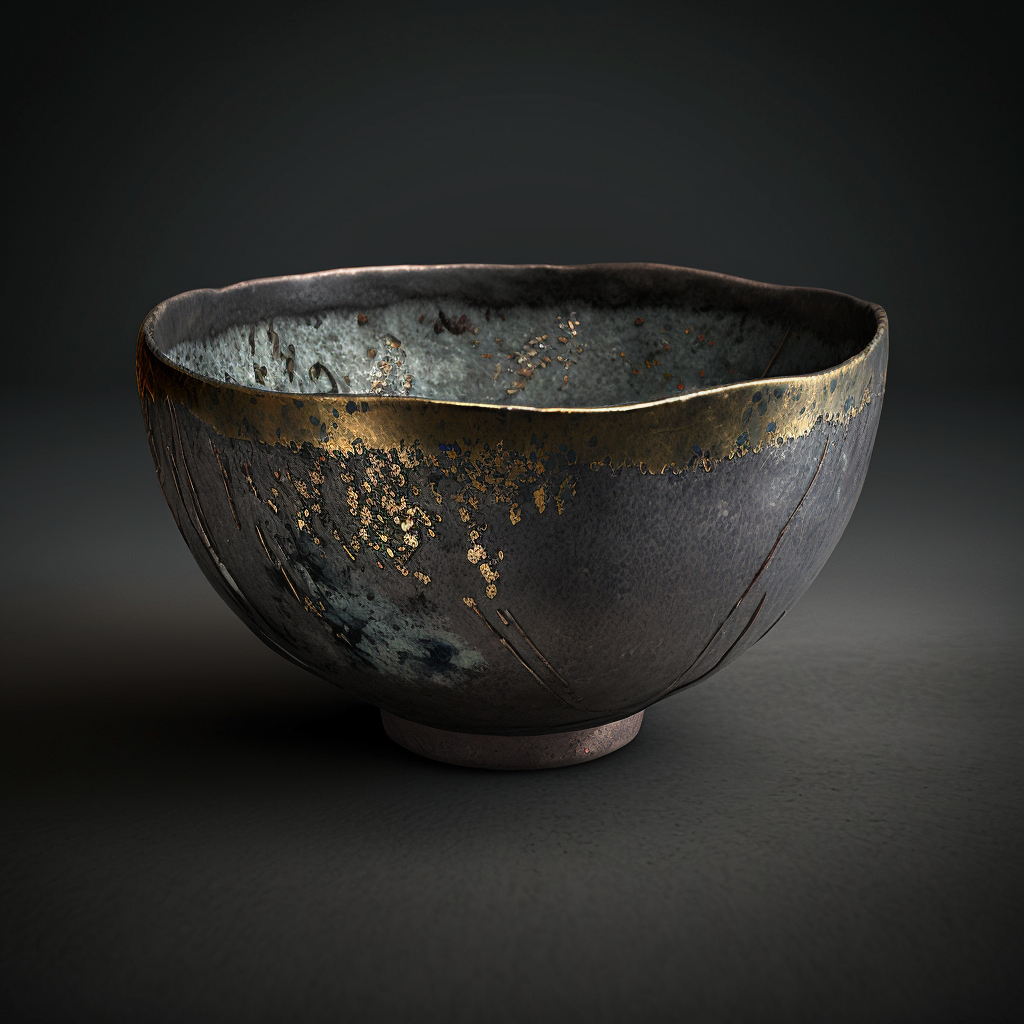Imari Arita porcelain is an art form that was developed in the city of Arita, located in Saga Prefecture, Japan. It is a technique that was developed in the 17th century, when there was a great demand for fine porcelain. The potters of Arita began to create beautiful porcelain pieces, which quickly gained popularity.
Early Arita Imari porcelain pieces were decorated with simple patterns such as circles, lines and dots. However, over time, the designs became more elaborate and sophisticated. Potters began to use floral patterns, landscapes, animals, mythological scenes and even historical figures to decorate their pieces.
Imari Arita porcelain is distinguished from other forms of porcelain by its brilliance and bright white color. Artisans use a paste made from kaolin, a pure white clay, which gives the porcelain its distinctive color. Potters also use a special firing technique, called “double firing,” which involves firing the porcelain twice at extremely high temperatures. This gives the porcelain its strength, hardness and brilliant beauty.
Imari Arita porcelain has become world famous and is considered one of the most beautiful forms of porcelain ever created. It is often used for fine tableware, decorative vases and art objects. Many collectors around the world appreciate this porcelain for its timeless beauty and exceptional quality.
The process of making Japanese porcelain
The process of creating Japanese porcelain is a complex one that requires specialized skills and techniques. Here are the main steps in the process:
- Preparation of porcelain paste: Porcelain paste is made from kaolin, a pure white clay, which is mixed with feldspar and silica to form a smooth, homogeneous paste.
- Porcelain molding: The porcelain paste is then molded into different shapes, using wooden, plaster or ceramic molds.
- Drying: The molded pieces are then air-dried to remove all moisture.
- Firing: The dried pieces are fired in a kiln at high temperatures, often over 1300°C, to make them solid and hard.
- Decoration: After firing, the pieces can be decorated using painting, inlaying, transferring or engraving techniques.
- Glazing: To protect the surface of the porcelain, a layer of glaze is often applied to the decorated surface. Glaze is often made from a combination of glass, feldspar and metal oxide.
- Final Firing: The pieces are then fired a second time at a lower temperature to set the glaze and make the surface smooth and shiny.
The process of creating Japanese porcelain can vary depending on the region and the technique used. For example, Imari Arita porcelain uses a double firing technique, while Kutani porcelain uses a complex painting technique with bright colors. However, the basic steps are the same for most types of Japanese porcelain.



